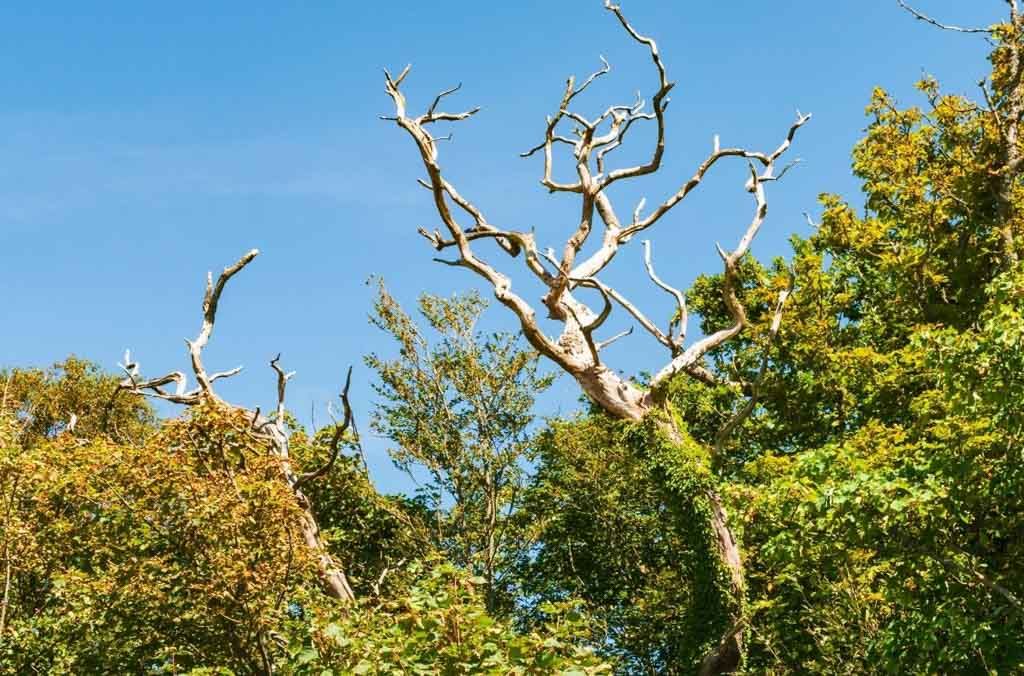Schedule an estimate or ask a question!
Get a Quick Quote!
Contact Us
Call Us
We would love to answer questions.
Give us a call.
337-545-2924
Adress
admin@treeservice-lakecharles.com
Get a Quick Quote!
Thank you for contacting us.
We will get back to you as soon as possible!
We would love to answer questions.
Give us a call.
Check out our blog below!

All Rights Reserved | Lake Charles Tree Service